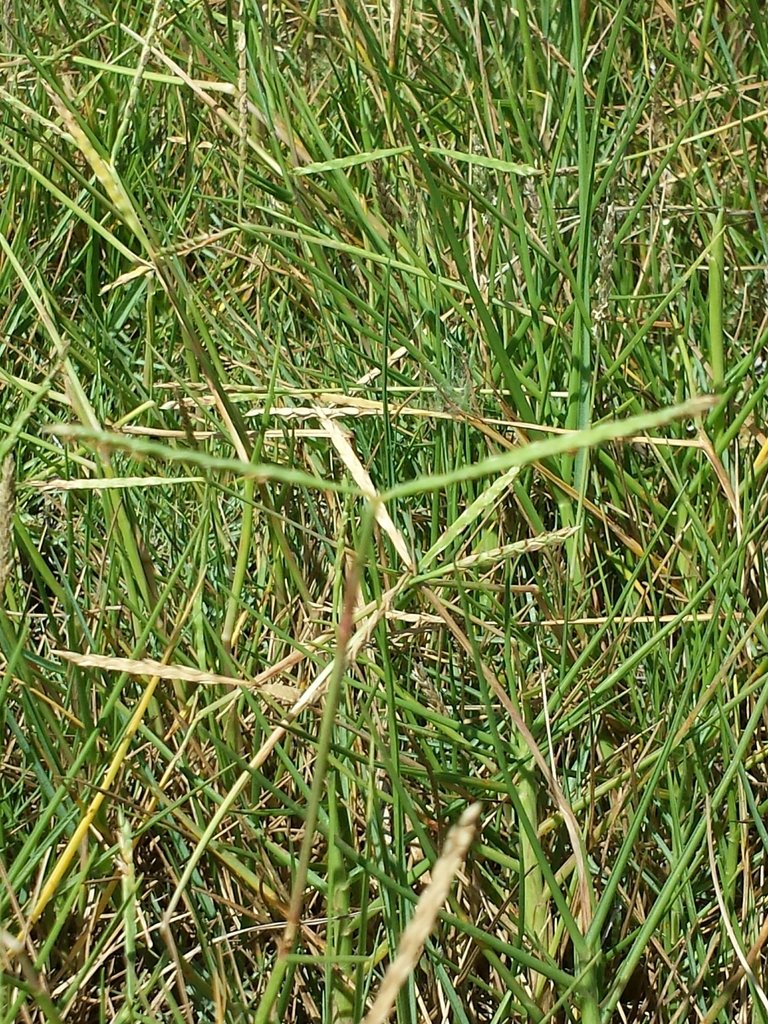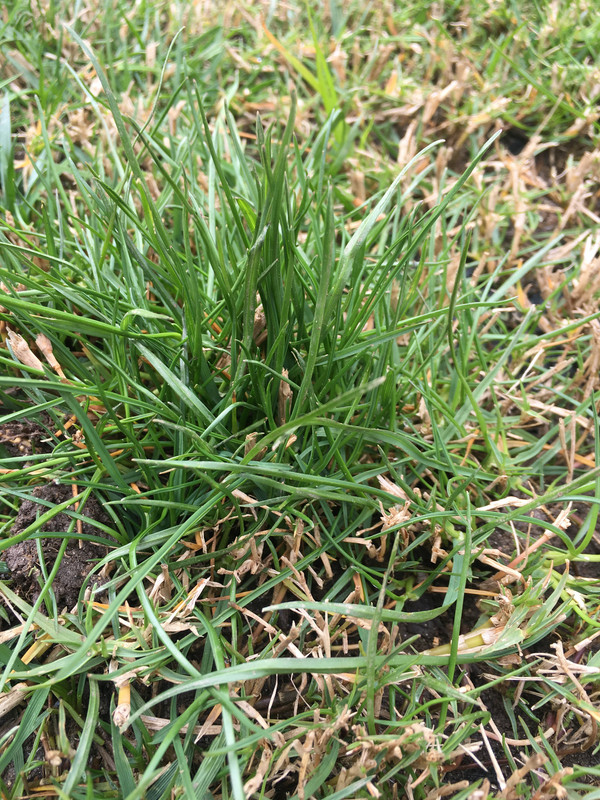

The results suggest that the response of DREB1/CBFs expression, CAT activity, and free amino acids concentrations to cold is differentially altered in A6 compared with WT, which is associated with the enhanced cold tolerance in A6.Īshraf M, Foolad MR (2007) Roles of glycine betaine and proline in improving plant abiotic stress resistance. Free amino acids concentrations in response to cold treatment also showed difference between A6 and WT. Among four DREB1/CBF genes induced by cold treatment, higher levels of DREB1A, DREB1D, DREB1E transcripts were observed in A6 than in WT. Antioxidant defense system was responsive to low temperature in both genotypes, while higher CAT activity was maintained in A6 than in WT after 3 days of cold treatment.

A6 had lower TEL 50 (the temperature resulted in 50% electrolyte leakage) and higher survival rate than its wild type (WT) plants after 7 days of cold acclimation. One mutant line (A6) with enhanced cold tolerance was selected and identified from about 10,000 regenerated plantlets. Treatment of embryogenic callus with 5 h of 0.8% EMS resulted in an approximate 50% survival rate of callus, which was used for inducing mutations from embryogenic callus of seashore paspalum. A protocol for ethyl methane sulphonate (EMS) induced mutations from embryogenic callus and selection of seashore paspalum mutant line with enhanced cold tolerance was established in the study. Low temperature is one of the major abiotic stresses limiting its growth and plantation regions. Seashore paspalum ( Paspalum vaginatum Swartz) is a commonly used warm-season turfgrass with superior salt tolerance.


 0 kommentar(er)
0 kommentar(er)
